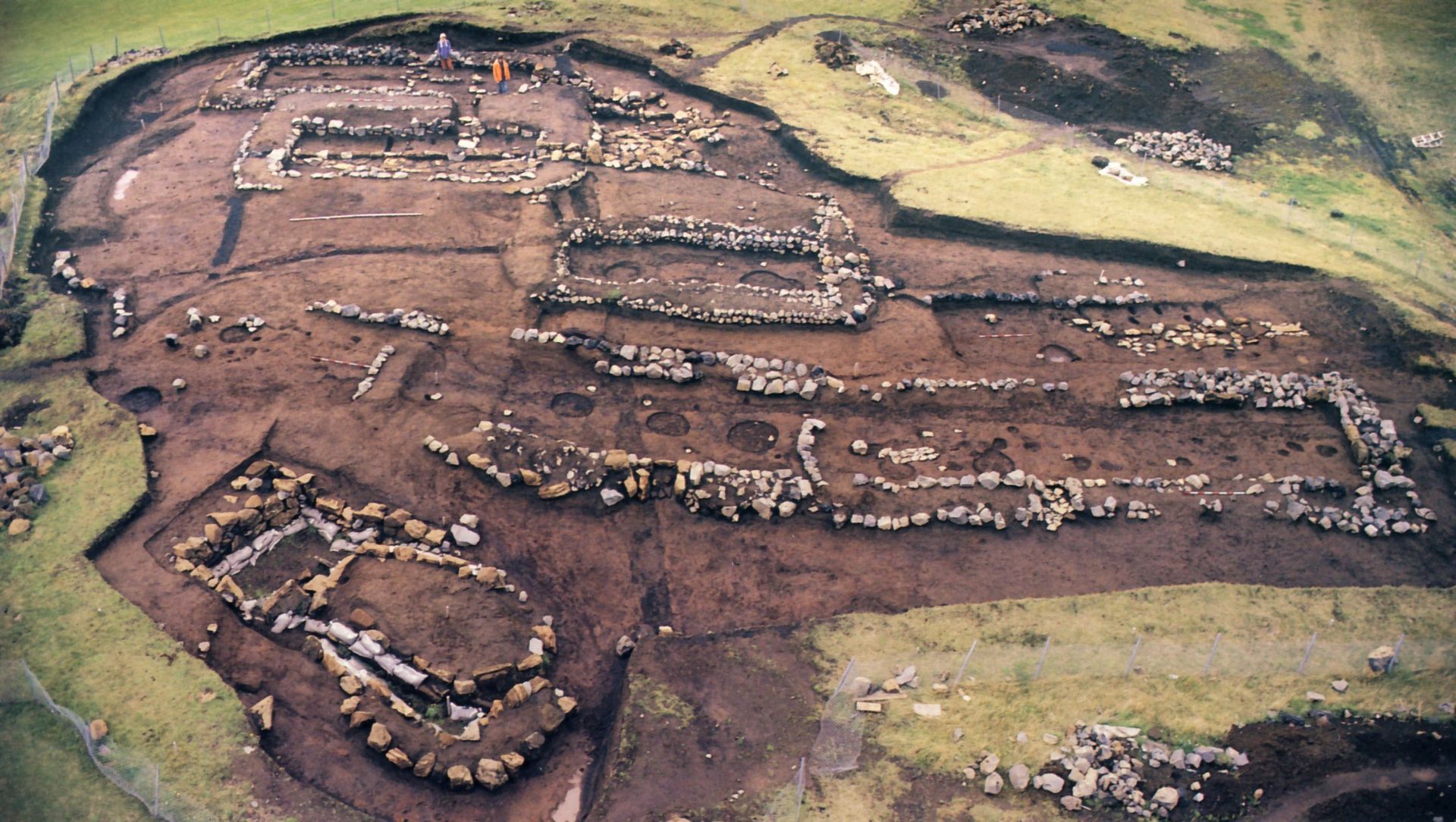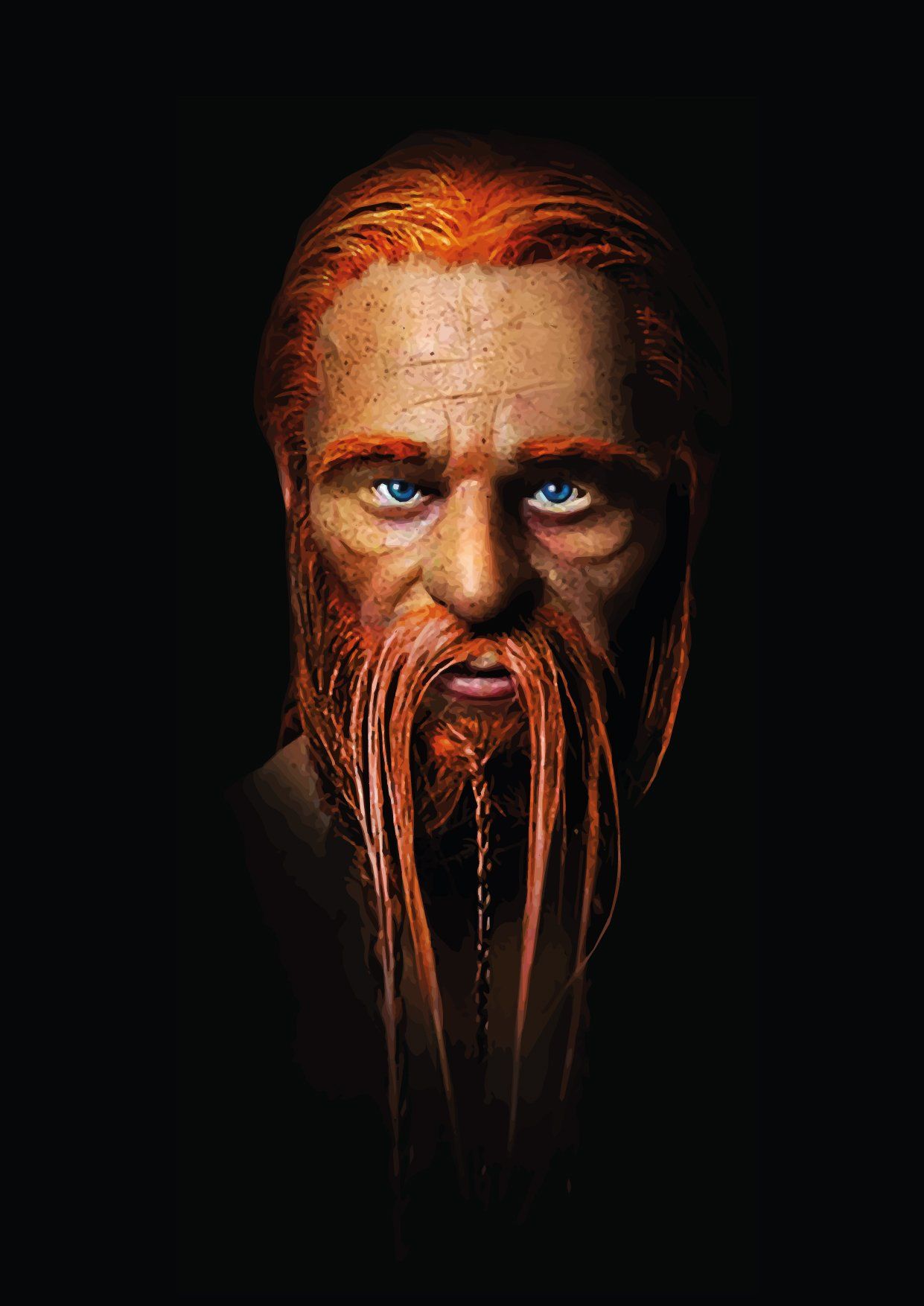THE EXCAVATION IN 1971
In 1924, Matthías Þórðarson, then the national heritage guard, was in charge of excavating south of the pond in Herjólfsdal. The plan was to dig around strange road signs and check if it was an ancient dwelling. After two days of digging, Matthías concluded that the longhouse he dug up was probably the remains of Herjólf's farm.
In the summer of 1971, archaeologist Margrét Hermanns Auðardóttir, together with other experts, began excavating the same area where Matthías had excavated a long house decades before. The research continued for five summers, but was delayed by a few years due to the volcanic eruption in Heimaey in 1973. In the fall of 1980, Margrétar's year-long research officially ended and she said in a press release in September, that same year, that in that 1300 m² excavation area had, among other things, found eight houses and garden charges. They belonged to 4-5 building periods and were from different times. Farmers lived there, as there are traces of farm animals, but farmers also took advantage of the various benefits, e.g. bird and fish. According to the age analyzes of Herjólfsdalsbyggðar, which were officially published a year later, it was a very ancient dwelling. The oldest buildings are from the first half of the 9th century or much older than previously thought. This settlement seems to have been abandoned in the second half of the 10th century, probably due to swelling. Settlement in the Vestmannaeyjar is therefore, according to this, older than appears in the oldest sources, Sturlubók and Hauksbók.
Herjólfstown is considered to be Iceland’s first stone house. In 2005, a replica of that house was built in Herjólfsdalur after research and evidence from the archaeologist
Margrét Hermanns-Auðardóttir.

WHAT WAS FOUND?

WHAT WAS FOUND IN THE DIG?
- Fish bones
- Animal bones
- Silver
- Human bones
- Axe
- Reamins of great auk
